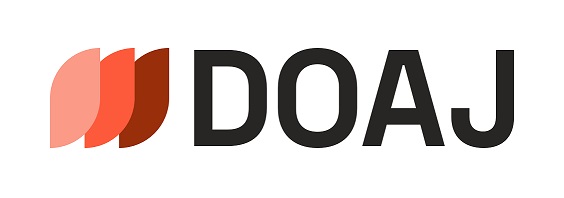Art Price Economics in the Netherlands during World War II
DOI:
https://doi.org/10.23690/jams.v1i1.6Keywords:
Netherlands, art market, Mak van Waay, occupation, prices, old masters, 19th century art, 20th century art, attribution, cataloguing, forgeriesAbstract
This paper analyses the boom on the Dutch art market during World War II. It relies on an original database covering all pictures - over 11,000 - sold at Mak van Waay, one of the two premier Dutch auction houses during the occupation. Hedonic regressions show that in real terms, the price of paintings increased more than fivefold between 1940 and 1945. While there was significant demand for Old Masters by the German occupying forces, paintings
from the Romantic period outperformed Old Master and Modern paintings. These prices prompted forgers to create fake artworks. Reputable auction houses such as Mak van Waay used their cataloguing of artworks to signal quality and authenticity. We take advantage of these data to create indicators for ‘forgery’ and ‘doubtful attribution’. Prices reflect this flagging, as suspected forgeries sold for significantly less, as did pictures with questionable attributions.
Published
How to Cite
Issue
Section
License
Copyright (c) 2017 Jeroen Euwe, Kim Oosterlinck

This work is licensed under a Creative Commons Attribution-NonCommercial 4.0 International License.
Except where otherwise noted, the Journal for Art Market Studies is licensed under the Creative Commons Attribution-Non-commercial 4.0 International license (https://creativecommons.org/licenses/by-nc/4.0/). Articles can be read and shared if attribution is given to the original source (BY) and the use is not for commercial purposes (NC).




